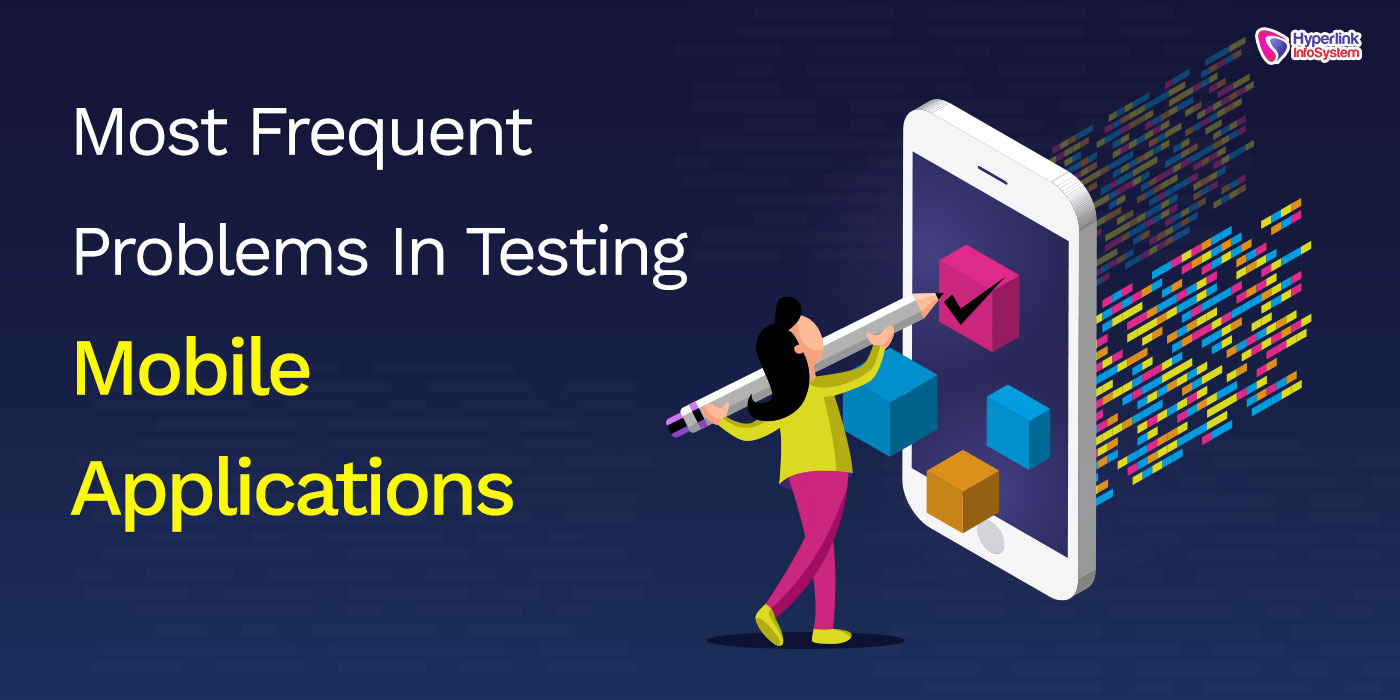The mobile device market has grown phenomenally in recent years. And guess what is responsible for this colossal success? Undoubtedly, this is the market of mobile applications, whose progress has been unstoppable for several years and in the development of which many mobile app development companies have been directly involved. Studies have shown that mobile applications should bring about 189 billion dollars in revenue by 2020 (if you count only app stores and embedded advertising).
As this flow of mobile application development increases, so does the competition: everyone wants to make their application unique and effective. The main difficulty is to keep pace with the rapidly changing industry. With such an abundance of different mobile devices, it becomes a difficult task to test a mobile application in all possible conditions.
Here are 6 of the most common problems that mobile application testers face:
1. Numerous devices
With the growth of the
mobile device market, more complex technical features have appeared. This brings inconvenience when mobile applications become incompatible with different operating systems. An application that works well in the same OS may not be so fast in another OS or in a different version of the system.
2. Networks
This factor greatly affects application performance, which in turn affects the user experience. Wi-Fi speed, network signal strength can leave an unpleasant aftertaste for the end user. Since all mobile service providers support different amounts of transmitted data, it is important to test the connection speed. A mobile application tester should consider all these factors and make sure that the product works well in different networks. Testing in a real network is a fundamental experience for testing existing problems. Some systems, for example, pCloudy, offer an environment for testing, where the user can test the operation of the application in different network conditions on a real device in the cloud. You should contact mobile app development companies to
hire dedicated developers for your Android app.
3. Selection of tools
Testing is a necessary aspect of the life cycle of a mobile application and for this, there is a myriad of tools available. Selecting the right tool to meet design requirements is a critical decision. The effectiveness of testing a mobile application will depend entirely on the capabilities of the application to automate testing.
What to consider when choosing tool:
Type of application: can be native, hybrid or web. Hybrid applications are now in vogue, but the tool must be complete enough to support other types of applications.
Cloud testing: creating a cloud for test automation allows teams to test using any external framework to create autotests. In addition, test results can be accessed from anywhere in the world.
OS Support: Most applications are developed for iOS and Android, but the list can be updated with Windows,
Firefox OS, etc. at any time when the base of client devices increases. Thus, it is better to choose a tool that supports a larger number of potentially used platforms.
4. Screen sizes
Today, there are many devices for Android and iOS with different screen sizes. It is quite a difficult problem - to test the application on each of them. iOS developers, who focused mainly on pixel perfect designs are now forced to devote more time to adaptability without changing the necessary elements on the screen. Thus, application providers have no choice but to change the design so that the user experience is high-class, regardless of the device.
5. Types of mobile applications
As mentioned above, mobile applications can be native, hybrid and web. Test scripts are different for all these types, in addition, the behavior of applications also does not match: it is unique from installation to main functionality. The decision on how the application will be tested depends on all these aspects.
6. Automation testing with the participation of artificial intelligence
Automated testing with the participation of AI has become an integral part of the world of testing and the
future of automated application testing. AI bots can automatically create test cases, generate test data, etc., simply by getting a certain test target and input baseline data for input. People still believe in traditional approaches to testing and do not seek to support the development of test bots with AI, but it is believed that artificial intelligence is the key step to success in automating mobile testing.
Thus, the right mobile testing strategy includes a mix of testing on real devices, user testing, and automation. This makes mobile testing as efficient as possible and minimizes the problems described above.
There are a lot of reasons why a mobile application becomes successful: a brilliant customer idea, excellent developers, cool management of the development process, competent promotion, etc. Another key success factor is testing. No matter what the developers do, no matter how the marketers and managers work, without quality control, everything can fall into a black hole.
If you are counting on the success of your application, but do not plan to test it, the chances of your success are slim. Only testing allows you to identify all the vulnerable moments in the application, improve its usability and performance, increasing the chances of a product for commercial success. We hope that this article has shed light on the main details of the described process. You should contact app developers from mobile app development companies to hire dedicated developers for your Android app.

























